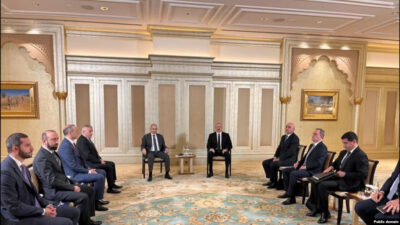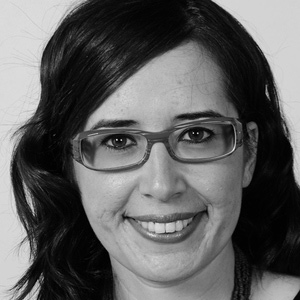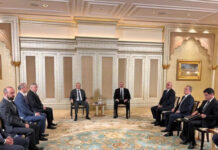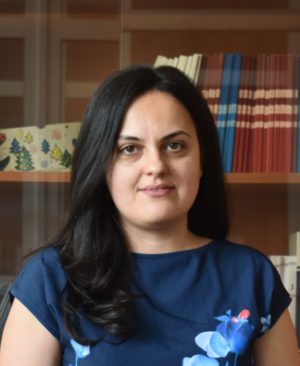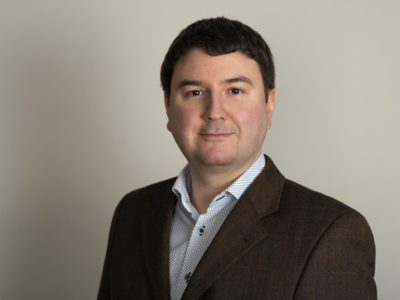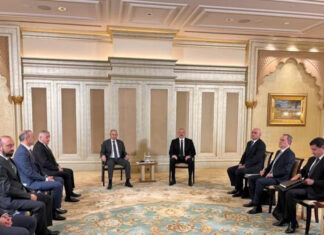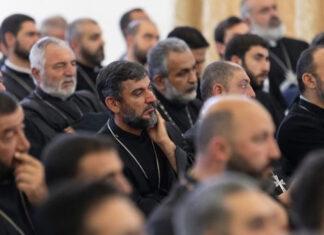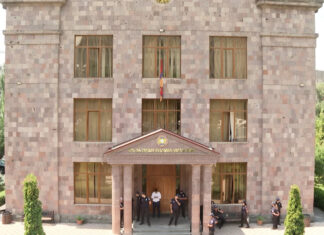BERLIN — It was supposed to be the war to end all wars. But once it had ended, there was “no peace to end all violence.” On the contrary, even with the establishment of the League of Nations, which was to usher in the new era of peace, the world witnessed new forms of nationalism and imperialism, new conflicts, and continuing human suffering on a mass level. At the same time, new concepts of humanitarian intervention and international law developed. It is this dialectical tension that occupied the attention of scholars during the last weekend of August in Potsdam Germany, joined via internet by colleagues worldwide. “Genocide, Mass Violence and International Justice after 1919” was the title of the conference that opened on August 27 at the European Academy.
Welcoming remarks came from Céline Gulekjian of the AGBU and Atanas Stoyanov of the Roma organization of Phiren Amenca, two of the groups that had joined with the Lepsiushaus Potsdam and the European Union of Jewish Students (EUJS) to sponsor the event. The keynote was read by Roy Knocke of the Lepsiushaus. It had been prepared by Dr. Rolf Hosfeld, who passed away on July 23. Hosfeld, a historian, author and academic director of the Lepsiushaus for a decade, had developed such transnational networks of scholars and was the driving force behind this conference. It was dedicated in his honor.
The keynote set the theme: “No peace to end all violence — Nationalism, Imperialism and Internationalism,” reviewing key events following the October 1918 armistice, from the abdication of Kaiser Wilhelm II to the escape from Constantinople of the leading Young Turk perpetrators and the signing of the Versailles Treaty. Aggressive anti-Semitism had spread, along with the “fascist aesthetic of violence,” massacres destroyed Armenian lives in 1894-96 and 1907, the Boer war raged in 1902, masses of Herero and Nama peoples succumbed to starvation, and step by step such imperialist violence led to total war. The Armenian genocide, the “worst single act of violence in World War I,” launched the process of ethnic cleansing and deportation which would engulf Jews and other subject minorities in Russia, Roma people and Muslims in central Asia. In the Ottoman Empire the eradication policy would eliminate a multi-ethnic society to usher in a Muslim-Turkish order. It was the “final solution” in its first form, and the Young Turks, whom Hitler admired, became a model for totalitarian rule.
Post-Versailles Europe
Stefan Ihrig of Haifa University picked up this concept in his talk on “Learning from the Turks. Interwar Germany, the Nazis and the Quest for Violent Solutions.” Already before the war, German media had devoted great attention to events in the Ottoman Empire, and this increased in the early Weimar period. The question being pondered was: how did the Turks manage to resist Versailles? Why didn’t Germany do the same? Can one learn from Turkey? In the 1920s, some Germans considered themselves similar to the Turks. Ihrig, author of Atatürk in the Nazi Imagination, cited a remark made by Hitler to the Turkish ambassador, prior to the attack on Poland, to the effect that the Germans were copying the Turks. Hitler would also call Atatürk a “guiding light.”
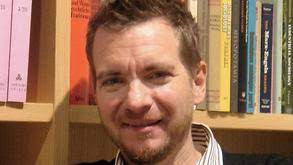
The German press covered Turkey’s transformation into a monoethnic country, as if that constituted a model. Turkey was considered a most modern country, thanks to its having rid itself of ethnic minorities. Before Hitler’s seizure of power in 1933, there was open discussion of the Armenian Genocide in Germany, and the Nazi standpoint viewed it in a positive light. Implications for a Nazi extermination policy against the Jews were obvious and open. Himmler had been well aware of the developments and showed great interest in Turkey. German public opinion could read about it in the press and could draw the obvious parallels to a Nazi party propagating similar “solutions.” If they knew this and then voted for such a party, Ihrig said, it was criminal. This raised the question, why has this topic has been ignored? And he suggested it might derive from Eurocentrism in historical studies. That said, it is also true that Ihrig’s books have sparked more interest in the Armenian Genocide, including in Israel.
